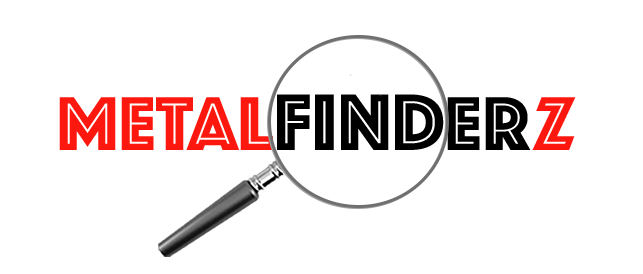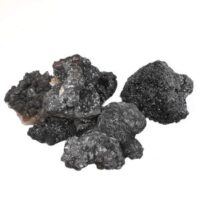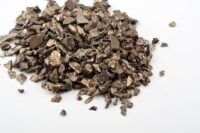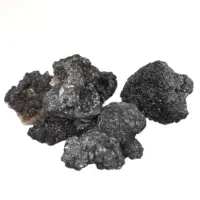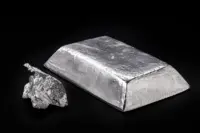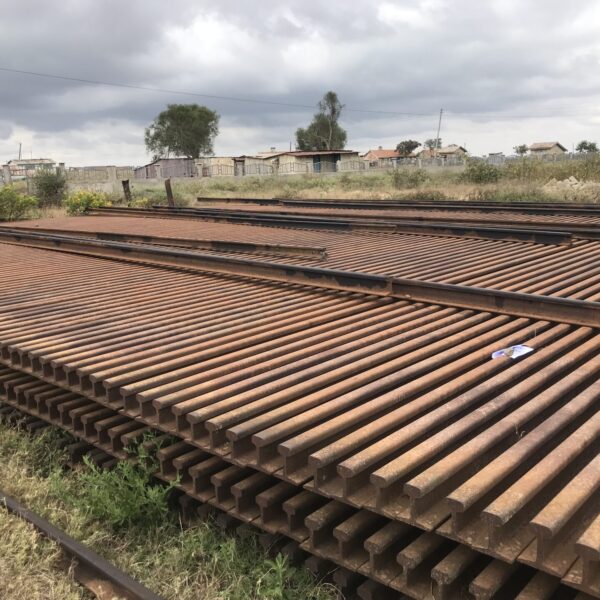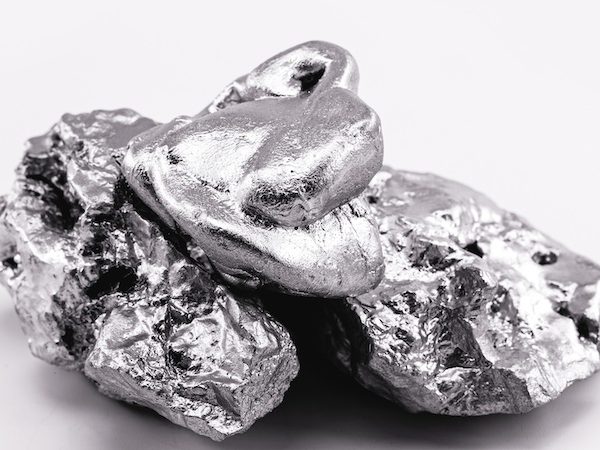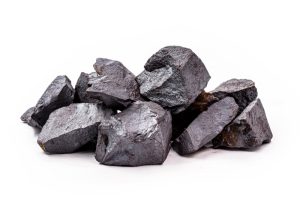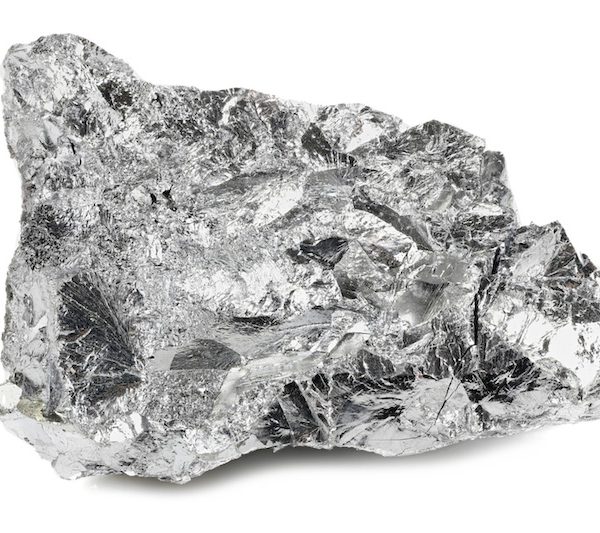Manganese: The Backbone of Steel Alloy Strength
Manganese, a silvery-gray metal, might not be a household name, but its role in strengthening steel is undeniable. From skyscrapers to automobiles, this versatile element enhances our modern world’s infrastructure and machinery. Let’s delve into the intricacies of manganese, exploring its sources, applications, and crucial considerations for international traders and buyers.
Description:
Manganese exists in various forms, with pyrolusite (MnO2) being the most commercially important. Manganese content, ranging from 30% to 50%, determines its grade and value. Other key factors include impurities like silica and iron, impacting usability and downstream processing costs.
Key Source Countries:
- South Africa: The world’s leading producer, boasting vast reserves and established mining operations. Major players include South32 and Transnet.
- China: While possessing significant domestic reserves, China’s growing demand necessitates substantial imports, influencing the global market.
- Australia: A major producer, accounting for around 15% of global output. Notable producers include BHP Billiton and Rio Tinto.
- Other notable producers: Gabon, India, Ukraine, Ghana, and Brazil contribute to the remaining global production.
World Output Volumes:
Global manganese production reached approximately 40 million tonnes in 2023, with South Africa remaining the dominant leader.
However, fluctuations in demand and supply dynamics, particularly from China, can cause price volatility.
Major Producers and Market Share:
- South32: The world’s largest producer, controlling around 20% of the global market. Operates extensive South African mines and boasts efficient processing facilities.
- China’s National Manganese Group: Holds approximately 15% of the global market share, primarily supplying China’s domestic steel industry.
- Vale: While focusing on iron ore, Vale’s Brazilian manganese production contributes around 10% of global output.
- BHP Billiton: Australian production accounts for roughly 8% of the global market.
- Other major producers: Eramet, Hudbay Minerals, Sandfire Resources, and numerous smaller players contribute to the remaining market share.
Forms of Trade:
Manganese ore is primarily traded in two forms:
- Metallurgical-grade manganese ore: Used in steel production to improve strength, ductility, and hardenability.
Typically traded at 30-50% manganese content. - Battery-grade manganese ore: High-purity manganese (often exceeding 90%) used in lithium-ion batteries for electric vehicles and electronics. Demand for this form is rapidly increasing.
Price Trends (Past 5 Years):
Manganese ore prices have experienced notable fluctuations over the past five years:
- 2019: Prices hovered around $3.50 per tonne due to balanced supply and demand.
- 2020: Pandemic disruptions caused a decrease to around $3
per tonne before recovering moderately. - 2021: Surge in Chinese steel demand and battery technology advancements pushed prices to over $6 per tonne.
- 2022: Prices corrected downwards to around $4.50 per tonne due to concerns about slowing Chinese demand and rising production costs.
-
2023: Prices maintained some volatility, ranging between $4 and $5 per tonne, influenced by geopolitical tensions and battery-driven demand growth.
Major Importing Countries:
- China: The world’s largest importer, consuming over 70% of global manganese ore, primarily for its steel industry and growing battery sector.
- Japan: The second-largest importer, reliant on imports for its steel production.
- South Korea: A major steel producer, heavily dependent on imported manganese ore, mainly from South Africa and Australia.
- India: Growing domestic steel demand necessitates substantial manganese ore imports, primarily from South Africa and Gabon.
- European Union: Collectively a significant importer, driven by steel production and potential battery manufacturing expansion.
Major Exporting Countries:
- South Africa: The largest exporter, accounting for over 70% of global metallurgical-grade manganese ore trade. Exports are facilitated by established infrastructure and extensive reserves.
Gabon: Second-largest exporter, controlling around 15% of global trade. Focuses on high-grade manganese ore, suitable for both steel and battery applications. - Australia: Holds approximately 8% of the global export market share. High-quality Australian manganese ore caters to various international demands.
- China: Despite domestic production, China also exports some manganese ore, primarily to neighboring countries in Southeast Asia.
- Other notable exporters: Ukraine, Ghana, India, and Brazil contribute to the remaining export volume.
Considerations for International Traders and Buyers:
• Quality variations: Understanding the manganese content, impurities, and specifications
